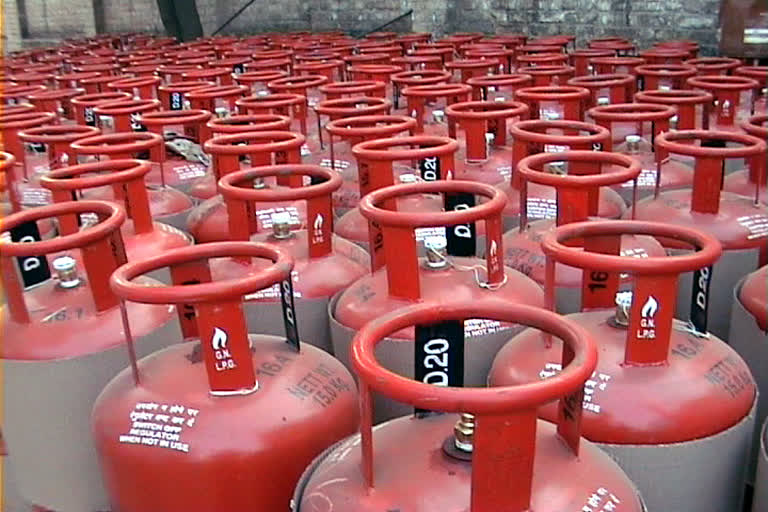New Delhi: The government on Monday cut domestic natural gas price for the first time in two-and-a-half years but rates for gas produced from difficult fields such as Reliance Industries' under-development fields in KG-D6 block are still at almost the same level as the one fixed during the Congress-led UPA regime.
The price of most of the natural gas produced by state-owned ONGC and Oil India Ltd, which account for bulk of India's existing gas output, was cut to USD 3.23 per million British thermal unit for the six-month period beginning October 1, from USD 3.69 as of now, according to the oil ministry's Petroleum Planning and Analysis Cell (PPAC).
This is the first reduction in rate since April 1, 2017.
Simultaneously, the government cut the price of gas produced from difficult fields to USD 8.43 from USD 9.32, the PPAC notification said.
Prices of natural gas, which is used to produce fertiliser and generate electricity and is also converted into CNG for use in automobiles as fuel and cooking gas for households, are set every six months -- on April 1 and October 1 each year.
The rates, besides dictating the price of urea, electricity and CNG, also decide the revenue of gas producers such as Oil and Natural Gas Corp (ONGC) and Reliance Industries.
Rates were last hiked on April 1 when price of ONGC and RIL's currently producing fields was raised by 10 per cent to three-year high of USD 3.69 per mmBtu and those from difficult fields such as deepsea by 21.5 per cent to a record USD 9.32.
Read more: Economic and Political Analyst S Gurumurthy downplays news of 'slowdown'
The Modi government, after storming to power in 2014, had scrapped the gas pricing formula approved by the previous Congress-led UPA regime.
The Congress government had approved pricing of all domestically produced natural gas at an average of netback price that LNG exporters to India got and the rate commanded by global gas producers.
The price according to this formula, which was recommended by a high-power committee headed by C Rangarajan, came to about USD 8.4 per mmBtu on April 1, 2014, as compared to USD 4.2 price prevalent then.
The Modi government replaced this formula with the average rate prevailing in gas exporting countries such as the US, UK, Canada, and Russia. This tempered down the rates to USD 5.05 when it was implemented from November 2014.
But subsequently, the rates kept falling and producers did not find them remunerative enough to invest in development of new discoveries and fields. This prompted the government to price gas from yet-to-be-developed difficult fields such as deepsea and high-pressure-high-temperature fields at a higher cap price arrived at by using rates of alternate fuels.
The cap price for difficult fields, when implemented from April 2016, came to USD 6.61 per mmBtu as compared to USD 3.06 per mmBtu rate for existing producing fields of ONGC and Reliance.
Industry officials explained that the price as per the Rangarajan formula too would have declined in 2015 and 2016 following a global slump in gas prices, which was the benchmark used. Gas price according to the Rangarajan formula was at par or lower than the difficult field price.
While the USD 3.52 per mmBtu rate is applicable to gas produced from all fields given to ONGC and OIL on nomination basis and existing D1 and D3 fields of Reliance in the KG-D6 block, the difficult field price would be applicable to any field that these firms brought to production post-2016.
So this cap price would apply to Satellite, R-Series and MJ discoveries of Reliance in the KG-D6 block.
According to the 2014 pricing formula approved by the Modi government, rates are calculated by taking the weighted average price at Henry Hub of the US, National Balancing Point of the UK, rates in Alberta (Canada) and Russia with a lag of one quarter.
The cut in price will lower earnings of producers like ONGC and Reliance Industries but will also lead to a reduction in the price of CNG, which uses natural gas as input.
It would also lead to lower cost of natural gas piped to households (PNG) for cooking purposes as well as of feedstock cost for manufacturing of fertilisers and petrochemicals.



